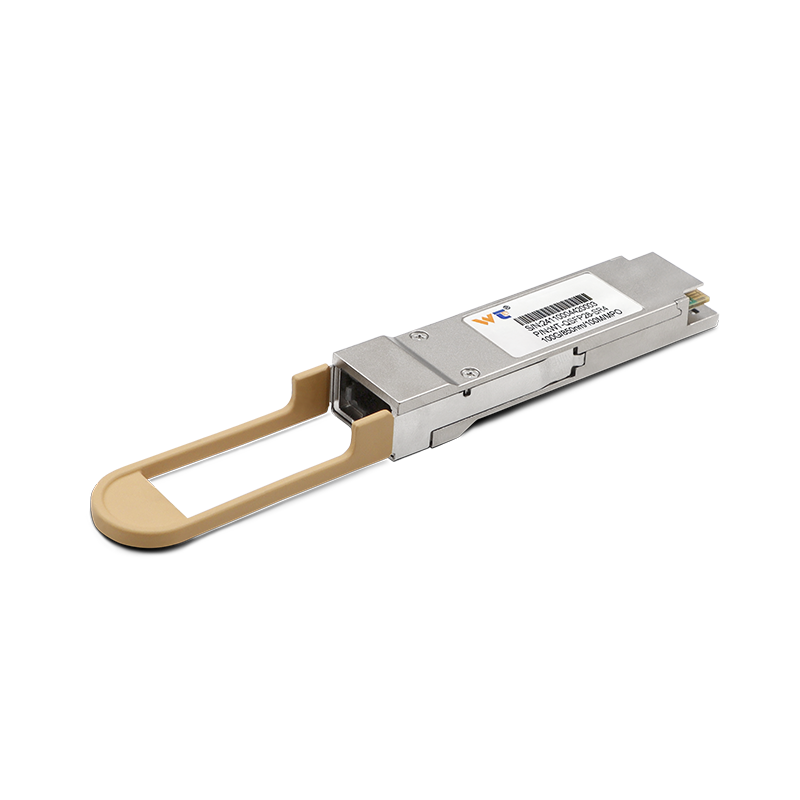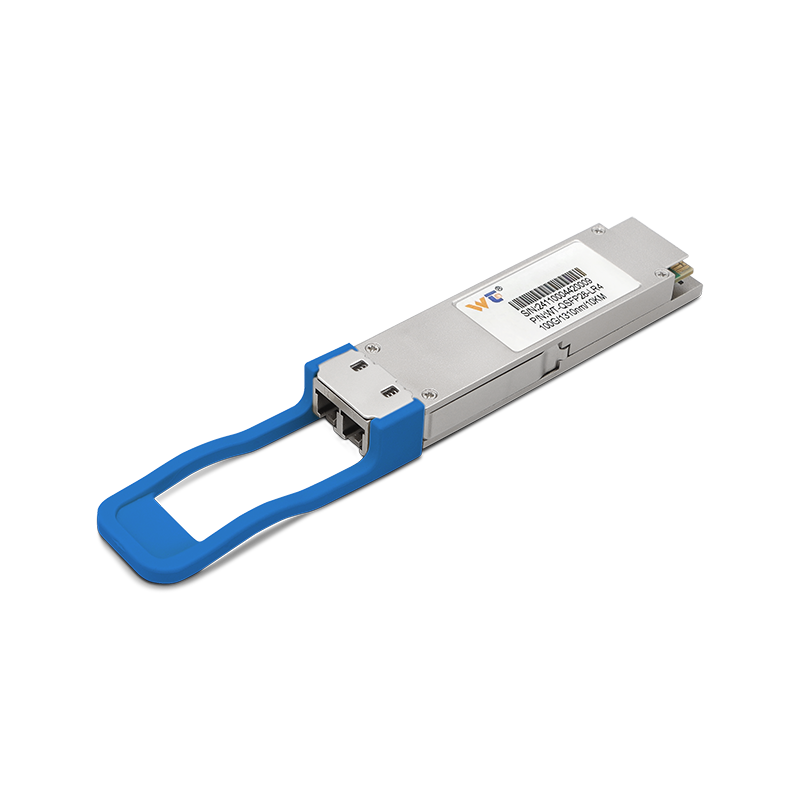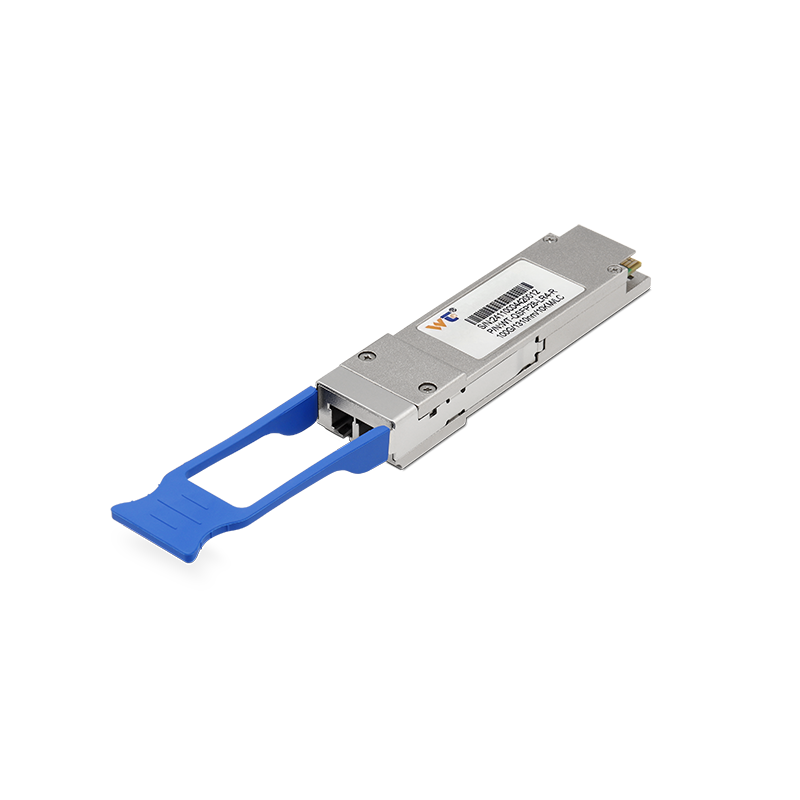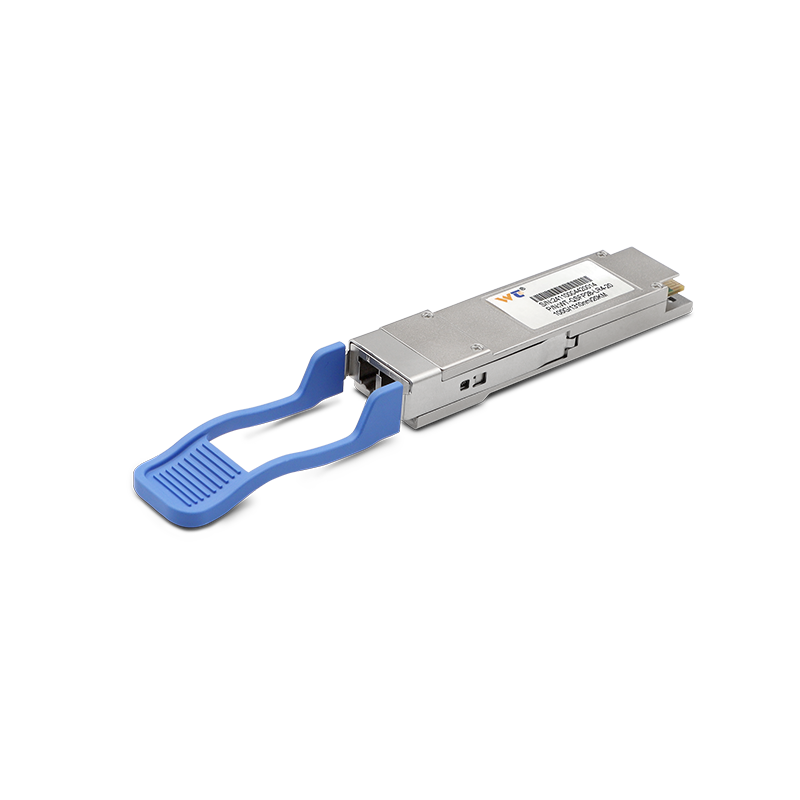In today’s fast-paced tech world, networking technologies are absolutely at the heart of global communication. Whether you’re just starting out as a network engineer or you’ve been in the game for a while, getting a solid grasp of the various networking technologies is vital. Think of me as your guide, here to help you navigate through some essential concepts that every network engineer should know. We’re about to dive deep into the world of networking, from the basics to real-world applications—so let’s get started!
Networking technologies include tons of tools and protocols that enable data to flow seamlessly across different platforms. At the heart of all of this is network topology. You know, that fundamental layout of a network that can take forms like bus, star, ring, or even some fancy hybrid designs! Getting your head around these topologies is a game-changer. It allows engineers to craft networks that best fit the needs at hand. And then you’ve got routing protocols—names like OSPF, BGP, and RIP might ring a bell! These protocols help direct data packets where they need to go. Each one has its unique role to play in ensuring that information gets to its destination quickly and efficiently. Oh, and let’s not forget about security; VPN technologies and firewall mechanisms are absolutely crucial for keeping your network safe!
Now, let’s zoom in on some key topics in our discussion of networking technologies, primarily focusing on those nuts and bolts that shape our modern networks. IP addressing is essential. Understanding both IPv4 and IPv6 isn’t just about knowing the numbers; it’s also about designing subnets effectively. You can’t talk about networking without mentioning Ethernet technologies—after all, wired and wireless Ethernet are still the backbone of device connections in most networks. And what about the TCP/IP protocol suite? That’s the standard under which most networks operate, handling everything from how data is packaged to ensuring everything arrives at the right place without a hitch. Plus, have you heard of software-defined networking (SDN)? It offers a more dynamic way to manage and optimize network resources, which is seriously revolutionary!
Building a solid understanding of these technologies calls for a mix of structured learning and hands-on experience. One of the best ways to start is by setting up your home networking lab. This is a space where you can tinker with different router configurations and see how various network topologies stack up. Have fun with open-source software like GNS3 or Cisco Packet Tracer for some great simulation experiences. Don’t skip out on implementing virtual LANs (VLANs) either; they’re fantastic for boosting your network's performance and security while allowing you to witness firsthand just how effective efficient management can be. And if you dig a bit deeper with Wireshark, you’ll be capturing and analyzing network traffic, which offers an invaluable glimpse into packet structures and communication protocols. Collecting data on performance metrics and troubleshooting things like latency can refine your configurations in real-time, leading to better overall network performance.
For those curious about cloud networking technologies, tools like AWS VPC or Azure Networking are worth exploring, opening doors to some truly innovative experiences. Plus, considering the upcoming wave of 5G technologies makes me excited for how they will transform network engineering; we're talking about blazing speeds and unprecedented capacity. And let’s keep in mind the rise of the IoT (Internet of Things); this shift demands that we master technologies designed for connecting massive numbers of devices, which is shaking up the traditional networking playbook.
So, what networking technology sparks your curiosity the most?
By laying down a strong foundation and staying in tune with the latest advancements, you’ll seriously supercharge your career prospects, positioning yourself perfectly to tackle the ever-evolving challenges that networking presents.
Now, let’s address a couple common questions you might have:
- What’s the difference between a router and a switch?
Well, a router connects different networks and routes data between them. A switch, on the other hand, connects various devices within the same network, enhancing communication speed and efficiency. - Why is understanding DNS important?
Great question! DNS is vital because it translates those user-friendly domain names we love into IP addresses. This ensures that, when a user clicks a link, their request goes to the right server without a hitch.
And hey, it’s time to roll up your sleeves and get into some hands-on practice! Experimentation is at the core of truly learning networking. Build your skills through interactive labs, real-world simulations, and challenge yourself with practical applications. Networking isn't all about theory; engaging in projects, contributing to open-source efforts, and participating in forums can significantly boost your grasp of concepts.
In conclusion, the landscape of networking technologies is vast and ever-changing. By focusing on foundational skills like IP addressing, routing protocols, and VLANs while also dipping your toes into advanced concepts like SDN and cloud networking, you’re equipping yourself with a comprehensive toolkit. As you journey through the networking realm, remember that success isn't just about understanding the technical details but also about adapting to trends like 5G and IoT. These skills and insights will empower you to excel in your career, paving the way for innovative solutions to shape the future of technology. Stay curious, keep pushing yourself, and embrace the transformative challenges ahead in the dynamic world of networking!






